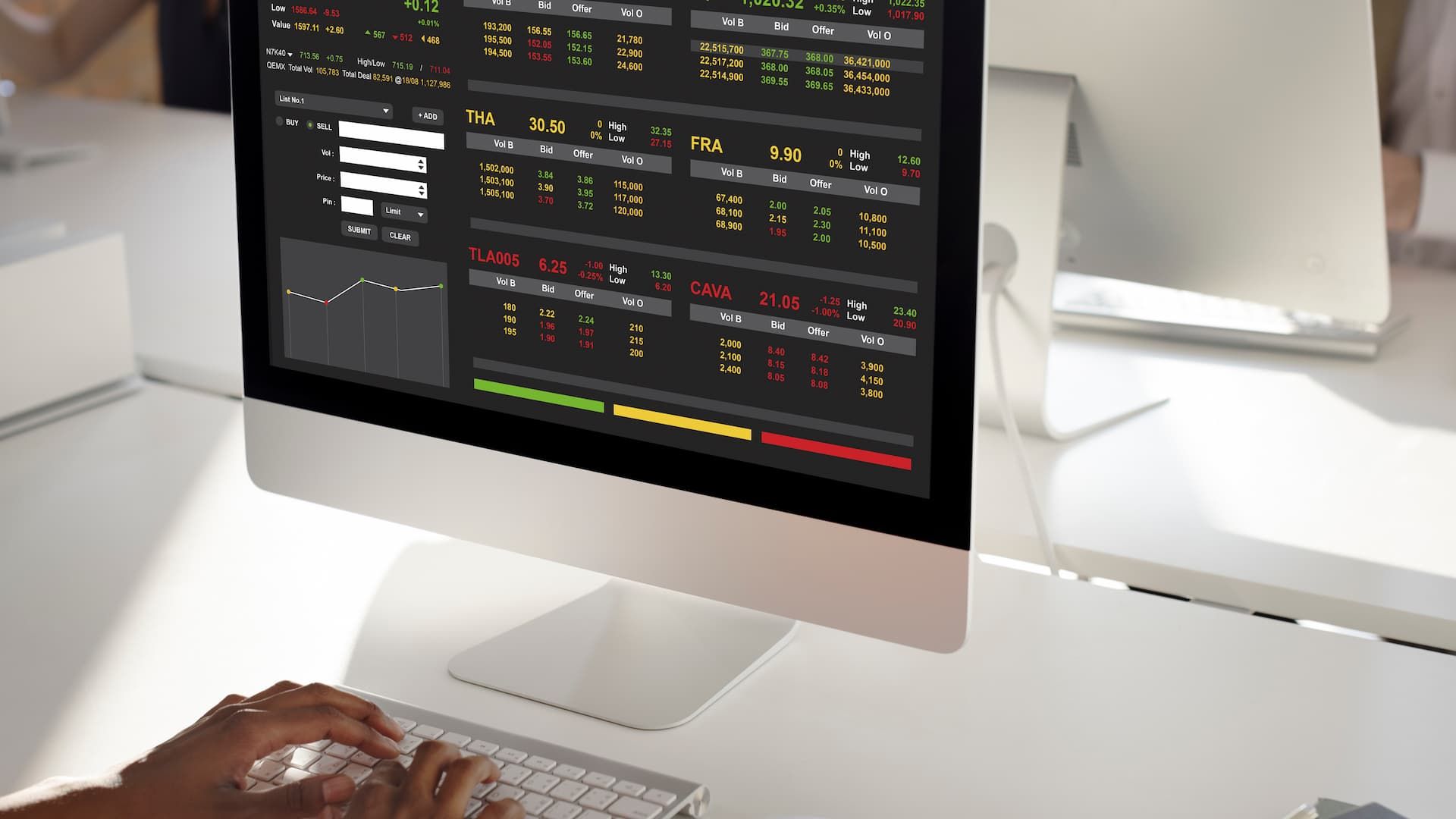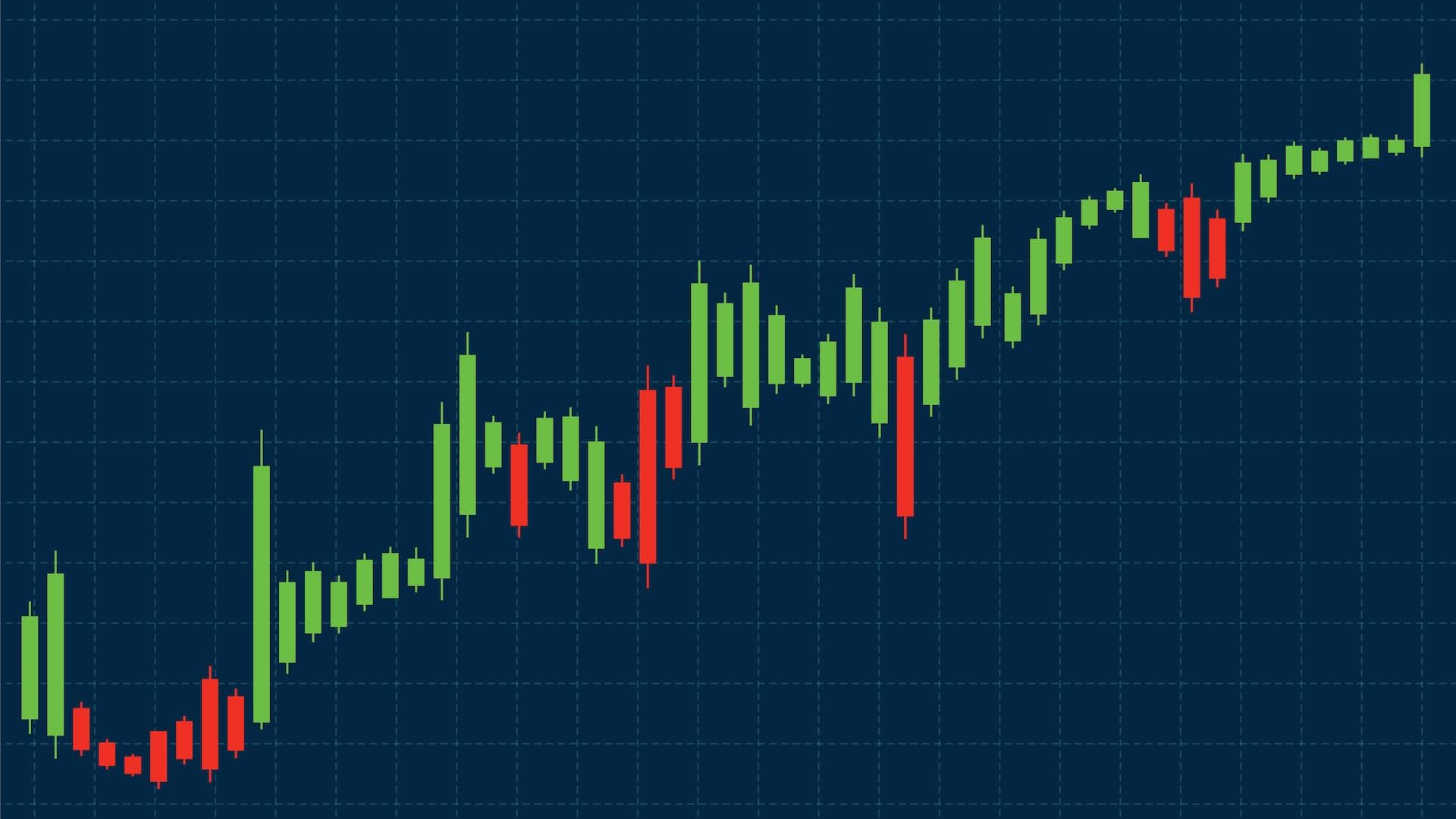In volatile financial markets, traders often seek tools for portfolio protection. Contracts for Difference (CFDs) can expose investors to significant risk, especially when market price falling is a possibility. One proven way to offset this exposure is by using options to hedge CFD positions. Options act as financial derivatives that give flexibility without direct ownership of the underlying asset.
Why Traders Use a Hedging Strategy in CFDs
A well-structured hedging strategy helps reduce exposure to market volatility. Traders rely on this method when sharp moves in the stock market could damage positions. Hedging with options creates a balance between potential gains and the chance of unlimited risk. In practice, this serves as a risk management strategy that improves stability.
The Role of Risk Management in Hedging
Options act as a safety net within a broader risk management strategy. They let traders set boundaries on potential losses without closing the CFD trade. This flexibility allows a trader to stay invested while controlling market sentiment swings. It’s about reducing exposure to sudden stock price shocks.
When Market Conditions Call for a Hedge
Hedging is most useful during periods of extreme market volatility or when the market price shows signs of instability. For example, concerns over global events can trigger financial instruments to move erratically. A hedge gives peace of mind when traders anticipate stock price falls. By applying it wisely, they can avoid unlimited risk and keep positions intact.
Basics of Using Options to Hedge CFD Positions
Options allow traders to lock in a fixed price for buying or selling an underlying asset. Since options are not the obligation to buy or sell, they serve as flexible financial derivatives. Their structure makes them valuable tools for portfolio protection. They can be tailored to different asset classes depending on exposure.
How Put Options Provide Downside Risk Protection
A put option rises in value when the market price falling scenario occurs. This means traders can offset losses from CFDs tied to the same underlying asset. By combining CFDs with puts, the net effect smooths out market shocks. It’s an essential tool for risk control in financial markets.
Strike Price Selection and Its Importance
The strike price determines at what level protection begins. Choosing the right level depends on both market sentiment and tolerance for significant risk. A hedge set too far from the current market price may not provide full protection. On the other hand, a close strike can reduce flexibility in trading strategy.
Expiration Date Considerations in Hedging
Options expire, so the expiration date is as important as the strike price. If protection ends too soon, traders may be exposed to stock price volatility again. Aligning the expiration with CFD holding periods ensures the hedge is effective. Many traders diversify dates to reduce financial markets uncertainty.
Building a Practical Hedging Strategy
Creating a strong hedging strategy in CFDs requires balancing risk and flexibility. Traders use options to protect against sharp market moves while keeping exposure to potential gains. By combining CFDs with put options, they build coverage across correlated assets and limit the impact of market shifts. This approach ensures better control of risk management during uncertain conditions.
Combining CFDs with Options for Better Coverage
One effective hedging strategy is combining CFDs with put options to reduce exposure to sudden losses. CFDs allow flexible trading on price movements, while options provide a fixed right to sell the underlying asset at a chosen level. Together, they help traders diversify coverage across correlated assets and minimize portfolio vulnerability. This blend creates a more balanced approach to market moves in volatile conditions.
Adjusting for Market Shifts in Real Time
Financial markets often experience unexpected market shifts that can undermine even the best plans. Traders who hedge with CFDs and options can adjust positions in real time, locking in gains or protecting against sudden downturns. Quick adjustments allow them to manage risk without abandoning existing positions entirely. By staying alert to market dynamics, traders improve resilience against uncertainty.
Managing Exposure During Volatile Market Conditions
Periods of market volatility magnify both profit opportunities and losses, making risk management essential. Hedging with CFDs and put options enables traders to manage exposure effectively, limiting downside while preserving upside potential. This approach is particularly useful when market moves are unpredictable and prices fluctuate sharply. With disciplined execution, traders can weather turbulence and keep their strategies intact.
Advanced Insights for Traders
For traders who already understand the basics, advanced insights focus on balancing growth with security. Strong risk management frameworks allow you to adapt to sudden market shifts without losing sight of long-term profit goals. By combining CFDs and options across correlated assets, traders can spread exposure and keep control of their investment portfolio. This makes it easier to manage risk while taking advantage of ongoing market moves.
Balancing Risk Management with Profit Potential
A key challenge for traders is finding the right balance between hedging and profit-making. Too much protection limits upside, while too little leaves the portfolio exposed to downside risk. Smart strategies align options with existing positions, allowing traders to cover losses in falling markets while keeping gains intact during positive trends. This flexible approach helps maintain portfolio strength across different market conditions.
Common Mistakes When Using Options to Hedge CFD Positions
Even advanced traders make mistakes when applying hedging strategies. Choosing the wrong strike or ignoring when the option expires can reduce effectiveness. Others forget to align options with market outlook, leading to over-hedging or unnecessary costs. Mismanaging exposure to correlated assets or ignoring broader market moves also weakens protection. Avoiding these errors ensures that hedging remains a tool for stability, not a drag on performance.












